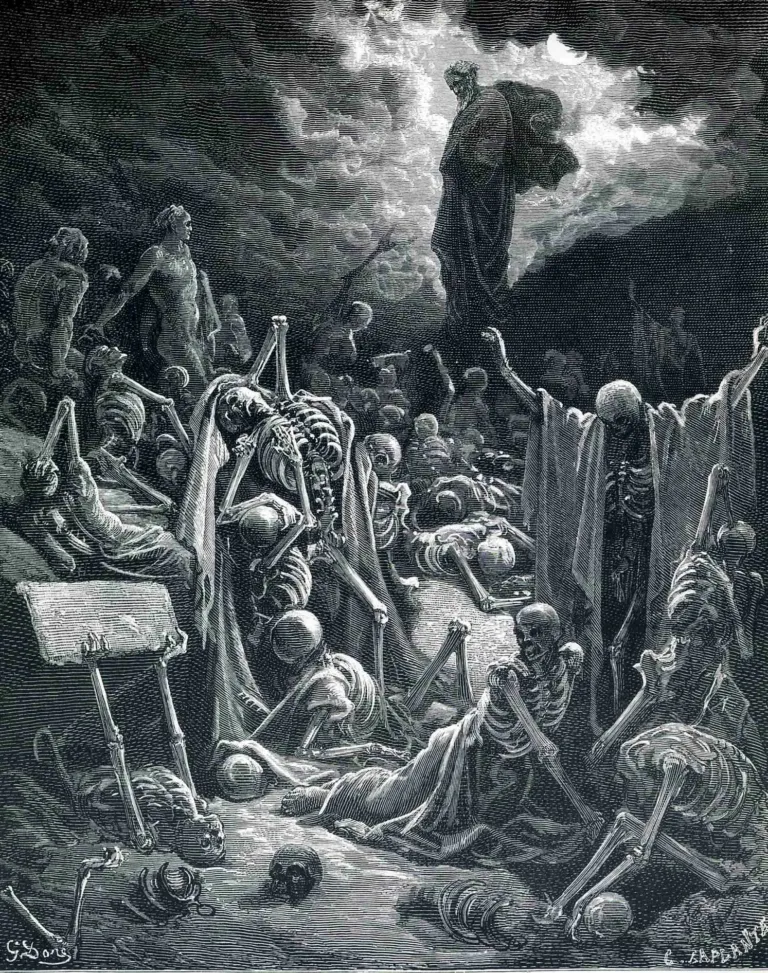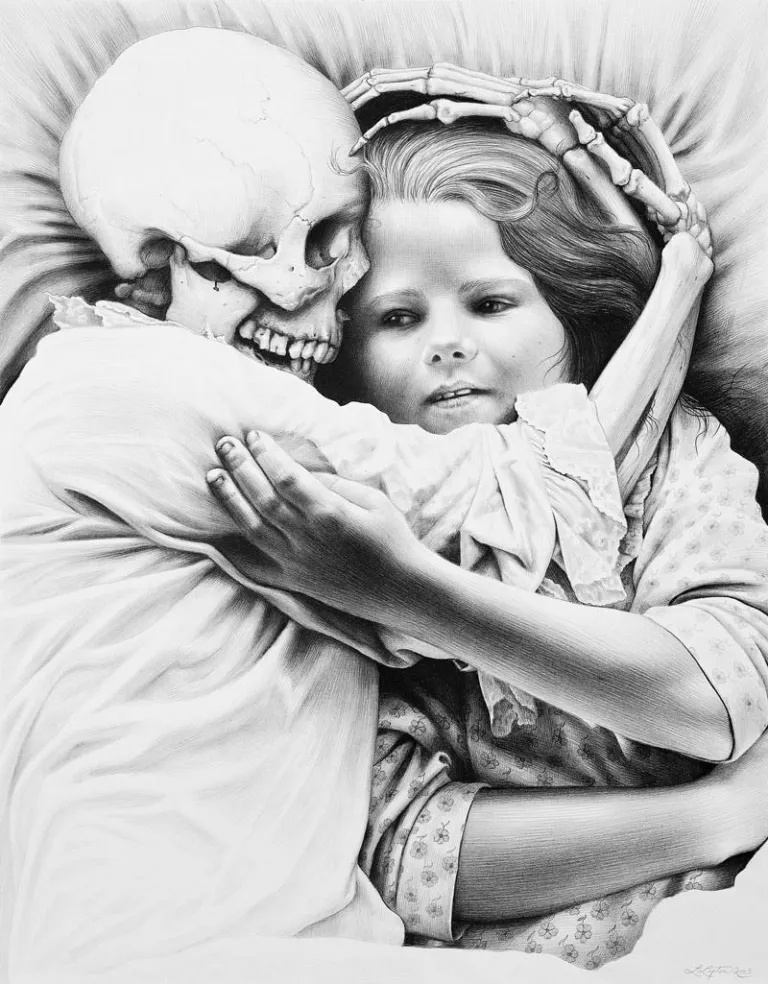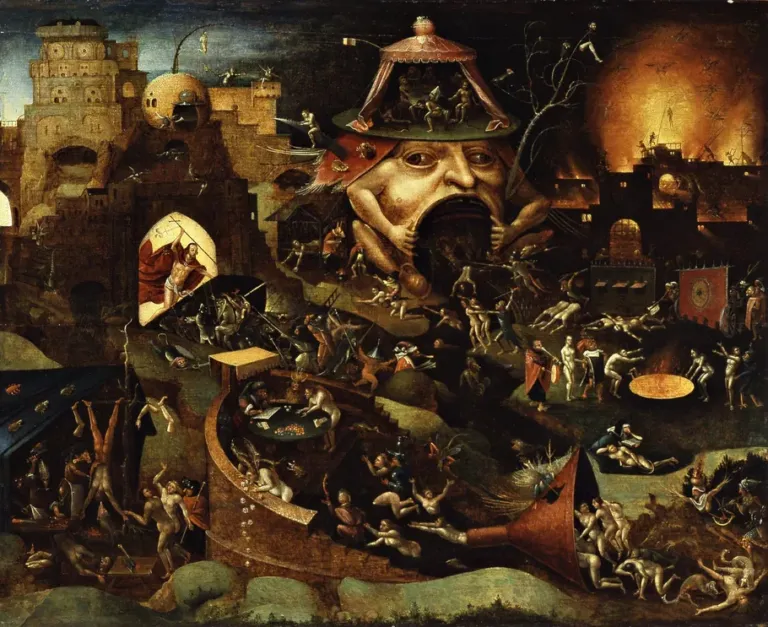H. R. Giger: The Master of Biomechanical Visions
Introduction
Hans Ruedi Giger (1940-2014), known simply as H. R. Giger, is one of the most influential and distinctive artists of the 20th century. Famous for his unique style that merges organic elements with machines and mechanical structures, H. R. Giger, The Master of Biomechanical Visions, created an unsettling and fascinating artistic universe. His works range from drawing to painting, sculpture to cinematic design, profoundly influencing contemporary visual culture, especially in the horror and science fiction genres.
The Life of H. R. Giger
H. R. Giger was born on February 5, 1940, in Chur, Switzerland. From a young age, he showed an interest in art and design, leading him to study Architecture and Industrial Design at the School of Applied Arts in Zurich. In the 1960s, he began experimenting with different artistic techniques, developing his unique and recognizable style. His career took off in the 1970s, when his works started being exhibited in art galleries and published in specialized magazines.
The turning point in his career came in 1979, when he was involved in the design of Ridley Scott’s film “Alien.” His work on the creature and alien environments earned him an Academy Award for Best Visual Effects and solidified his international reputation.
 Themes and Style
Themes and Style
Giger’s work is dominated by biomechanical imagery, a fusion of organic and mechanical forms that creates a sense of alienation and unease. His subjects often include monstrous creatures, surreal landscapes, and architectural structures that seem alive. These elements are presented with an obsessive attention to detail, creating a powerful and disturbing visual effect.
A recurring theme in Giger’s work is the fusion between man and machine, exploring the boundaries between the natural and the artificial. His works suggest a vision of the future where technology has invaded and transformed biology, creating new forms of life that are both fascinating and frightening. This vision is reflected in works like “Necronom IV” (1976), which inspired the design of the creature in “Alien.”
Tecnica e Influenze
Giger was a master of airbrush techniques, allowing him to create smooth surfaces and intricate details with extraordinary precision. His mastery of this technique is evident in his most famous works, which appear to have a photographic quality despite their fantastical nature.
Giger’s influences range from science fiction and horror to psychoanalysis and mythology. Artists such as Salvador Dalí and Hieronymus Bosch had a significant impact on his work, as well as Gothic architecture and surrealist art. His fascination with the unconscious and the supernatural is reflected in his works, which often evoke a sense of terror and wonder.
 Legacy and Influence
Legacy and Influence
H. R. Giger’s legacy is vast and profound. His work has influenced not only contemporary art but also cinema, music, and popular culture. The design of the creature in “Alien” has become iconic, influencing countless films and science fiction works. Giger also worked on other film projects, video games, and interior design, further expanding his impact.
His unique style has inspired a generation of artists and designers who have adopted elements of his biomechanical vision in their works. His ability to create alien and unsettling worlds has opened new possibilities in fantastic art and horror, setting new standards for creativity and innovation.
Conclusion
H. R. Giger, The Master of Biomechanical Visions, remains a central figure in the world of art and design, a master capable of transforming dreamlike visions and nightmares into works of extraordinary power and beauty. His exploration of the boundaries between the biological and the mechanical, the natural and the artificial, continues to inspire and challenge viewers, making his work eternally relevant. Giger shaped the fears and wonders of the future, creating a legacy that will continue to influence art and culture for many generations to come.
Don’t miss reading about the other Horror Painters in our Top 10… they have explored the depths of human anguish and terror, creating works that continue to challenge and fascinate viewers. Their ability to evoke intense emotions through art has made them key figures in the global art scene.

Subscribe to our YouTube channel

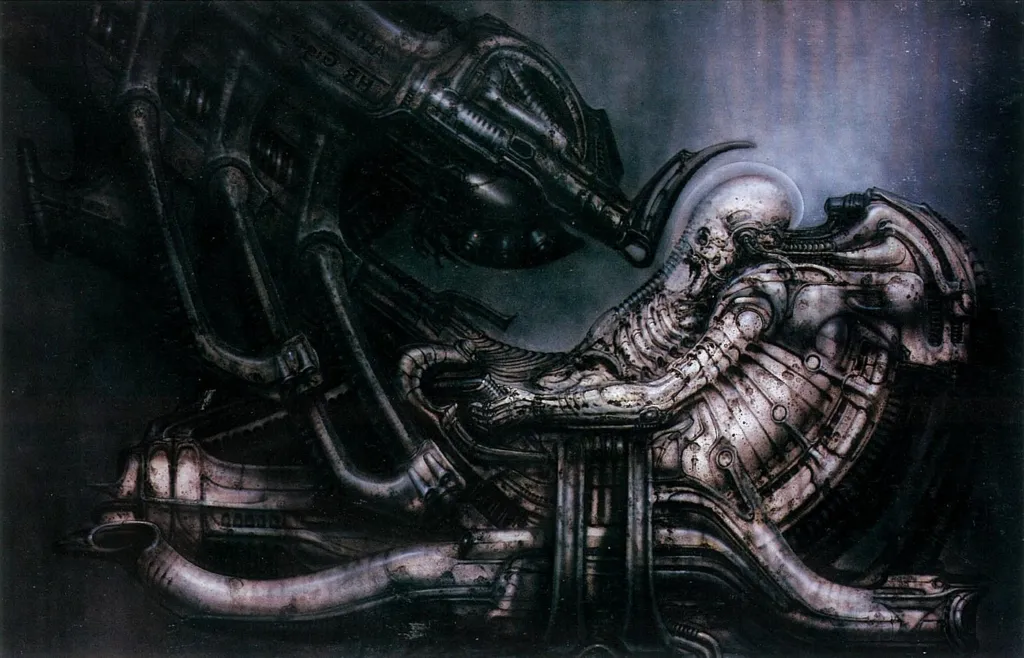 Themes and Style
Themes and Style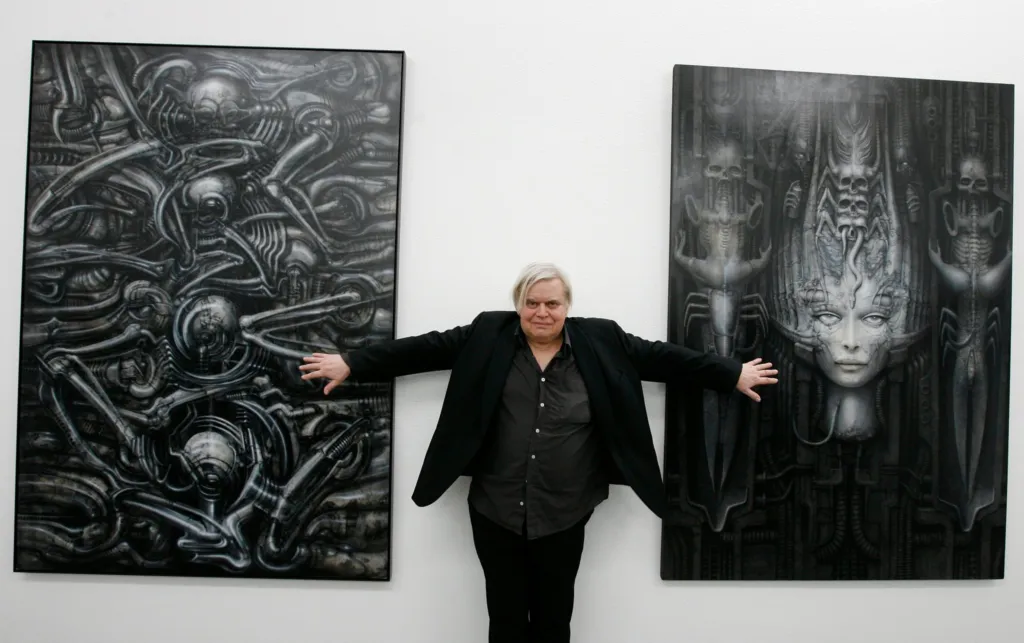 Legacy and Influence
Legacy and Influence